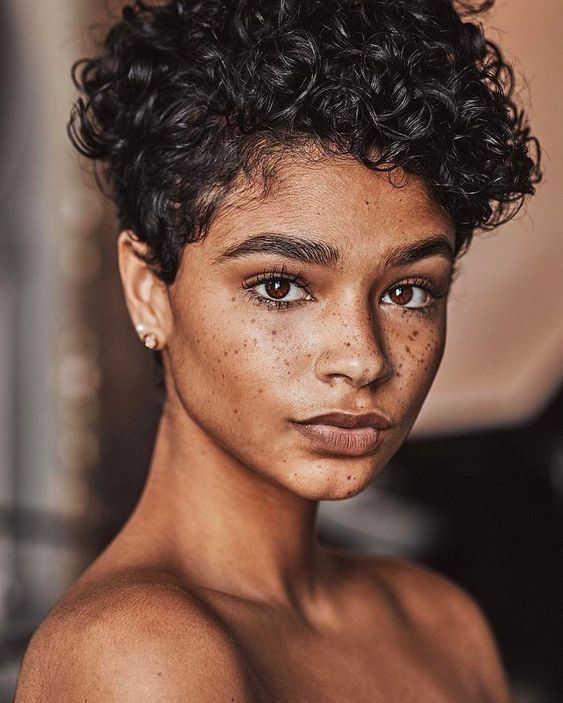Low porosity hair is characterized by its inability to easily absorb moisture and products. This type of hair often feels dry and takes a long time to air dry. If you suspect that your hair belongs to the low porosity category, there are several signs to look out for.
### Signs of Low Porosity Hair:
1. **Products Sit on Top of the Hair:** One of the most common signs of low porosity hair is when products seem to sit on top of the hair instead of being absorbed. This can make it challenging to moisturize the hair effectively.
2. **Hair Feels Dry:** Low porosity hair tends to feel dry and look dull, as it struggles to retain moisture. If your hair feels parched even after applying products, it could be a sign of low porosity.
3. **Longer Drying Time:** Low porosity hair takes a longer time to dry, both when air drying and when using heat styling tools. This is because the cuticles are tightly packed, making it difficult for water to penetrate the hair shaft.
4. **Difficulty in Coloring or Chemical Treatments:** If you find that your hair does not retain color well or struggles to hold chemical treatments, it could be a sign of low porosity. The tightly closed cuticles make it hard for chemicals to penetrate the hair.
5. **Build-Up of Product:** Low porosity hair is prone to product build-up, as products struggle to penetrate the hair shaft. This can lead to a greasy, weighed-down feeling, even if you have washed your hair recently.
### Reasons to Know if Your Hair is Low Porosity:
1. **Effective Haircare Routine:** Understanding your hair’s porosity can help you tailor your haircare routine to suit its specific needs. Low porosity hair requires lightweight products that can easily penetrate the hair shaft.
2. **Better Moisture Retention:** By knowing if your hair is low porosity, you can adjust your moisturizing techniques to improve moisture retention. This can help combat dryness and dullness, leaving your hair looking healthy and vibrant.
3. **Proper Styling Techniques:** Low porosity hair requires specific styling techniques to ensure that products are evenly distributed and absorbed. Knowing your hair’s porosity can help you achieve your desired hairstyle more effectively.
4. **Avoiding Product Build-Up:** By understanding that your hair is low porosity, you can avoid using heavy products that can lead to build-up. Opting for lighter, water-based products can help prevent greasy-looking hair and improve overall hair health.
5. **Choosing the Right Products:** Knowing your hair’s porosity can help you select the right products that are formulated to penetrate low porosity hair. This can save you time and money spent on products that are not suitable for your hair type.
In conclusion, identifying the signs of low porosity hair and understanding why it is essential to know your hair’s porosity can help you maintain healthy and vibrant hair. By tailoring your haircare routine, moisturizing techniques, and product selection to suit your low porosity hair, you can achieve the beautiful locks you’ve always desired.
You can review our digital products by following us on Etsy.





